Show jumping requires a high degree of skill, precision and trust between rider and horse. Whether you are a beginner or an experienced rider, this comprehensive guide will help you understand all the basics of show jumping, including key content such as different types of obstacle jumps, equestrian equipment purchase advice, equestrian venue layout tips, etc.
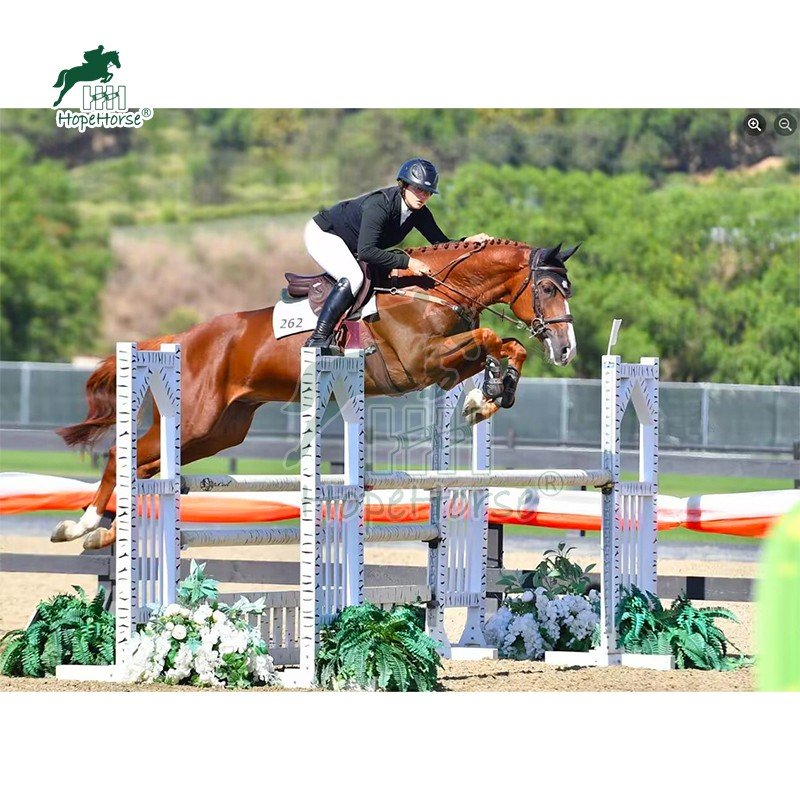
Show jumping, also known as "show jumping" or "field jumping", is a timed horse riding competition. It is also an exciting and easy-to-understand equestrian competition event, so it is widely popular with spectators and riders. Riders and horses must jump over a series of obstacles on a specified route within a specified time, including vertical obstacles, stretch obstacles (Oxer), water obstacles (Water Jump), double combination obstacles and triple combination obstacles. The goal is to complete the competition without knocking down any obstacles. The height, width and design of the obstacles are set according to the level of the competition. The higher the level of the competition, the more complex the competition.
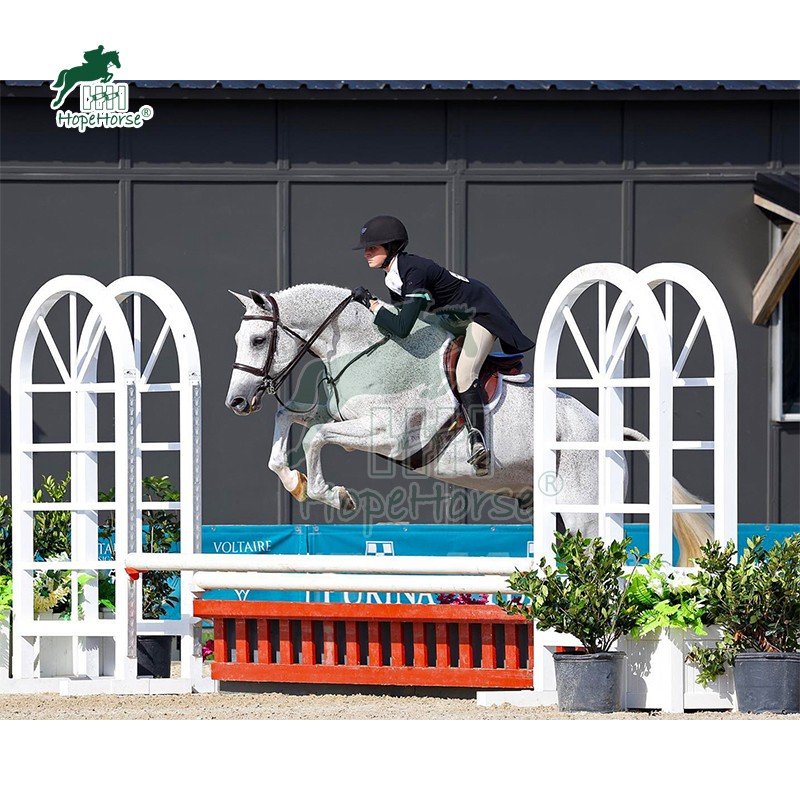
Equestrian jumping competitions are usually held in standard indoor or outdoor equestrian venues. The venue is usually rectangular, about 60 meters x 40 meters, and the specific size can be adjusted according to the competition situation.
The track consists of a series of obstacles, including single crossbar obstacles (vertical obstacles), double hurdle jumps, triple obstacles (Triple Bar), water jumps (Liverpool), etc. Each obstacle is designed to test the obstacle jumping ability of riders and horses.
The competition is based on a timing system. Knocking down the hurdles (4 points), refusing to jump (4 points) or exceeding the time limit will result in penalties. Three refusals to jump or falls will result in elimination.
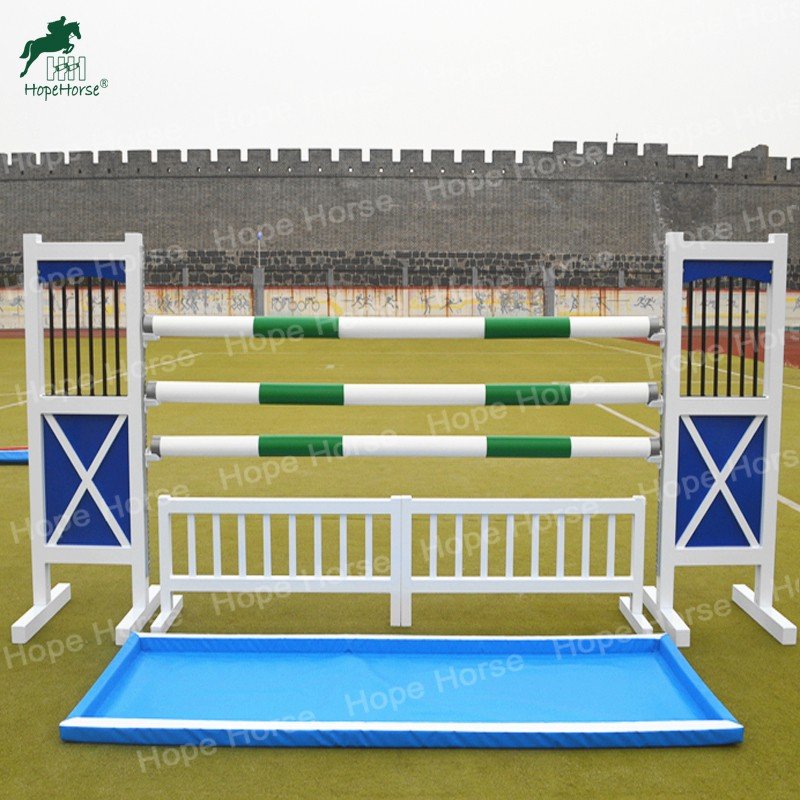 | 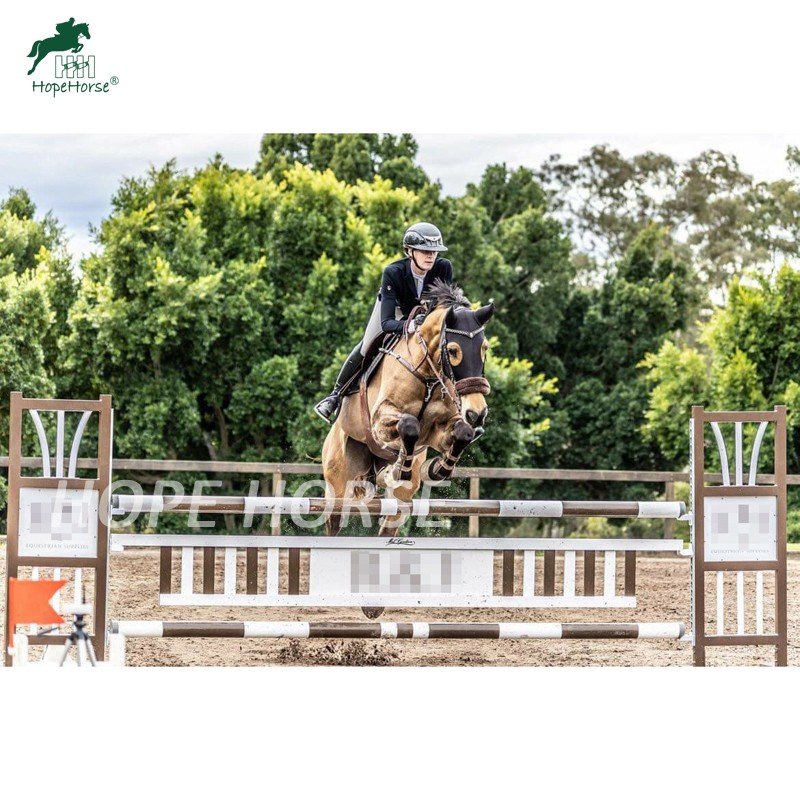 | 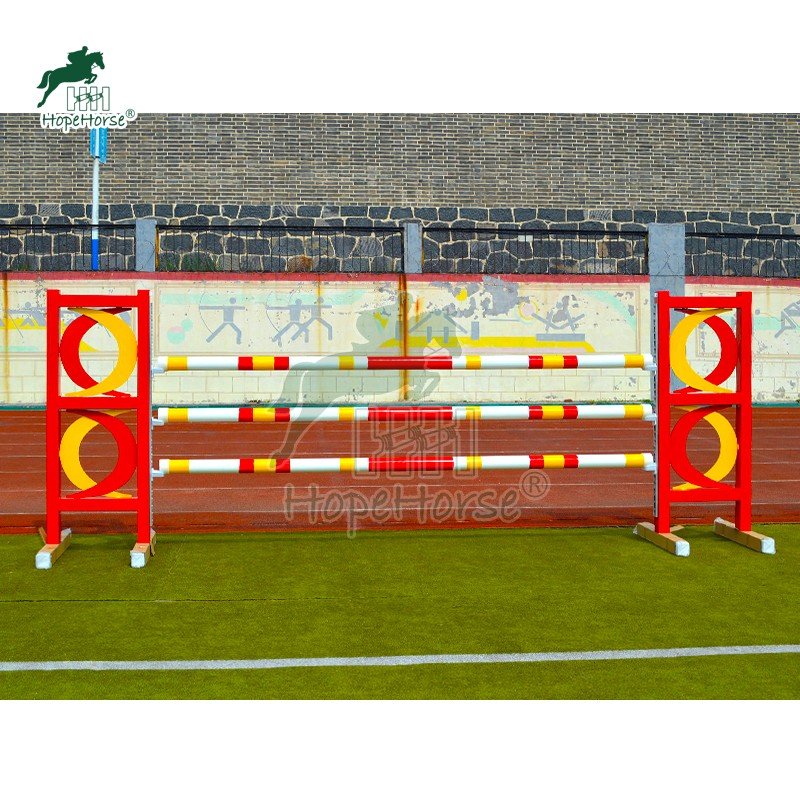 |
Suitable for children or beginners to warm up.
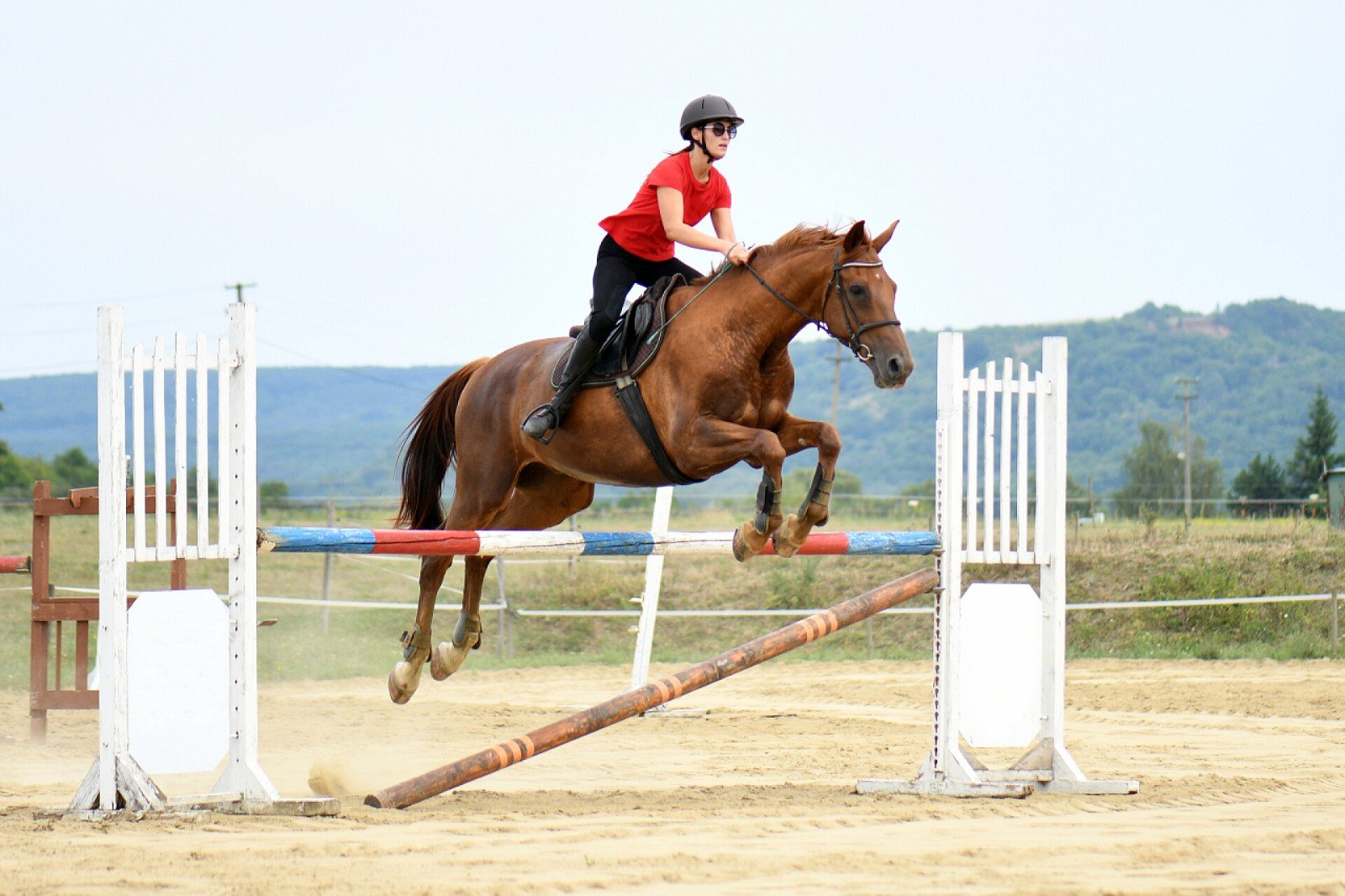
The most basic obstacle form, suitable for beginners to intermediate competitions.
The challenge of increasing the width of the jump helps to improve the horse's span and stability.
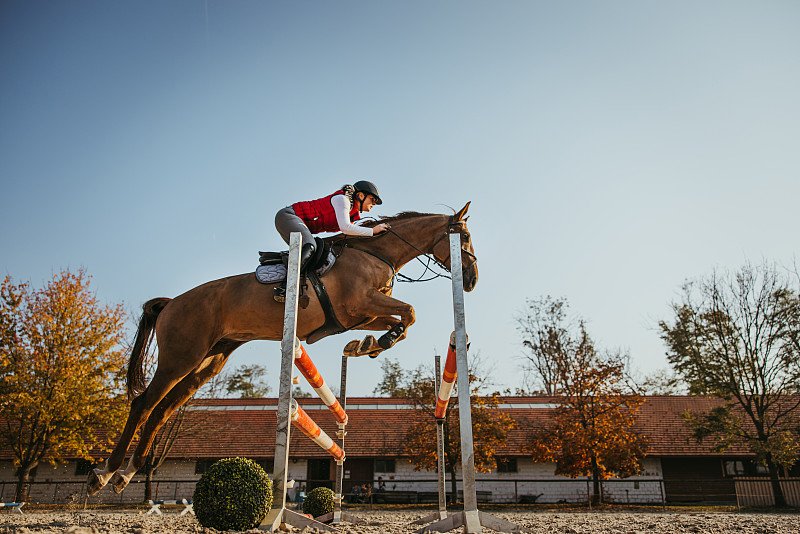
Three horizontal bars gradually rise, often used in advanced competitions.
Multiple obstacles are closely arranged, testing horsemanship coordination and pace control.
Tests the horse's long jump ability and courage.
Requires accurate angle judgment.
Realistic appearance, requires the horse to have confidence and jumping ability.
Holstein horses, Dutch Warmblood horses, Belgian Warmblood horses, etc. are often used in obstacle jumping competitions because of their excellent jumping ability.
Jumping horse training should include basic equestrianism and flat control training to enhance physical fitness and concentration.
Good riding posture is required, such as heel pressure, knees slightly bent, hands steady, etc.
Accurately judge the timing of jumping, and complete clear communication with the horse through reins and leg movements.
The obstacle height is about 60cm to 1m, suitable for beginners.
The obstacle height is 1.10m to 1.20m, and the rider and horse need to have certain skills and coordination.
The obstacle height can reach 1.60m, which is a high-level event in equestrian competitions.
Such as the FEI World Cup and the Olympic Games, which gather the world's top riders and the track is extremely challenging.
Mostly made of wood or plastic, with adjustable height for training different levels.
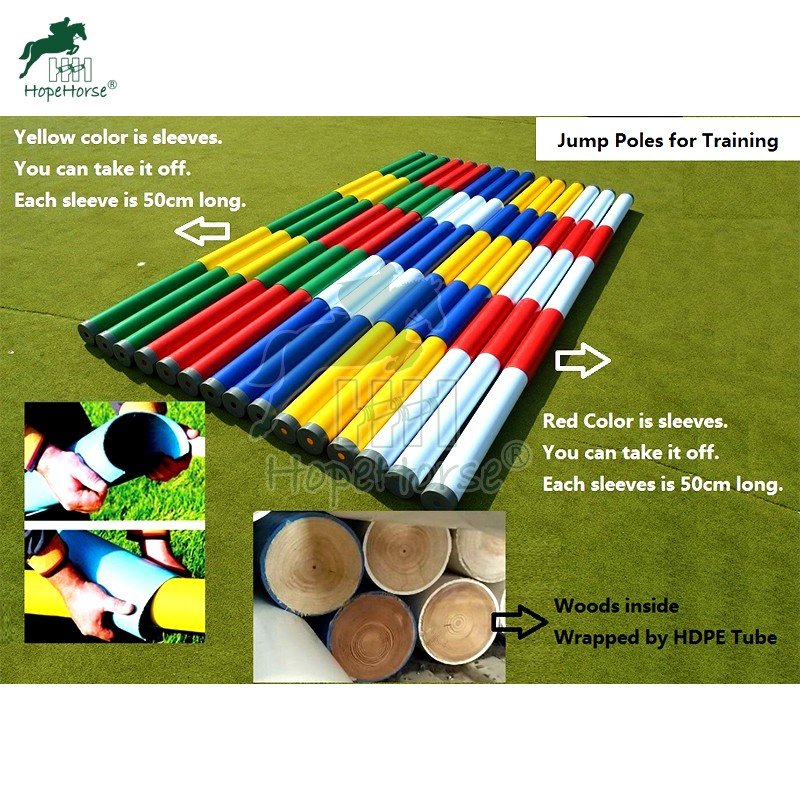 | 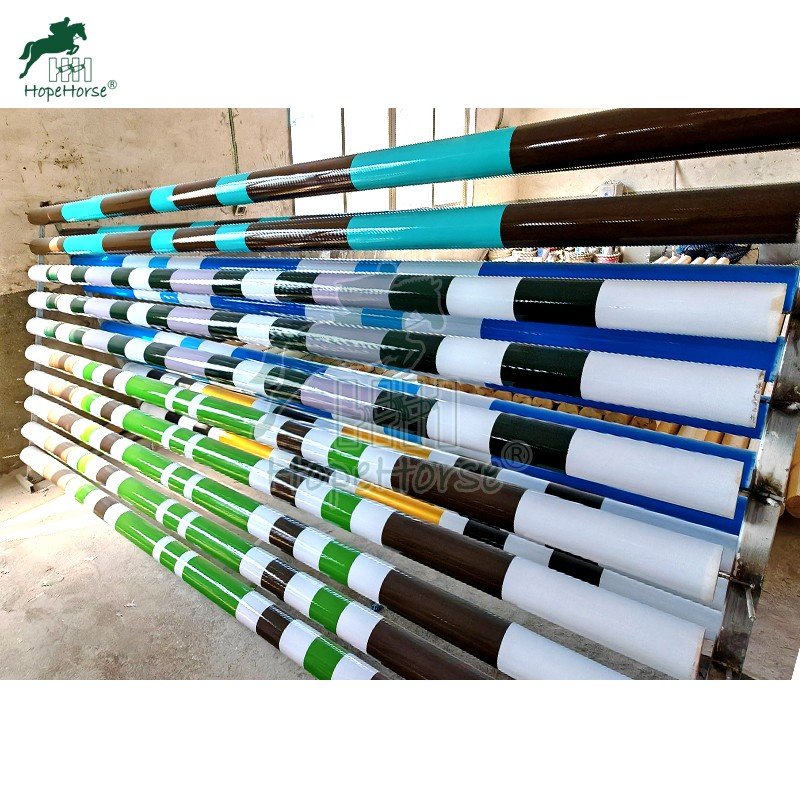 |
| Plastic + Wood Pole | Wooden Pole |
Used for basic stability training.
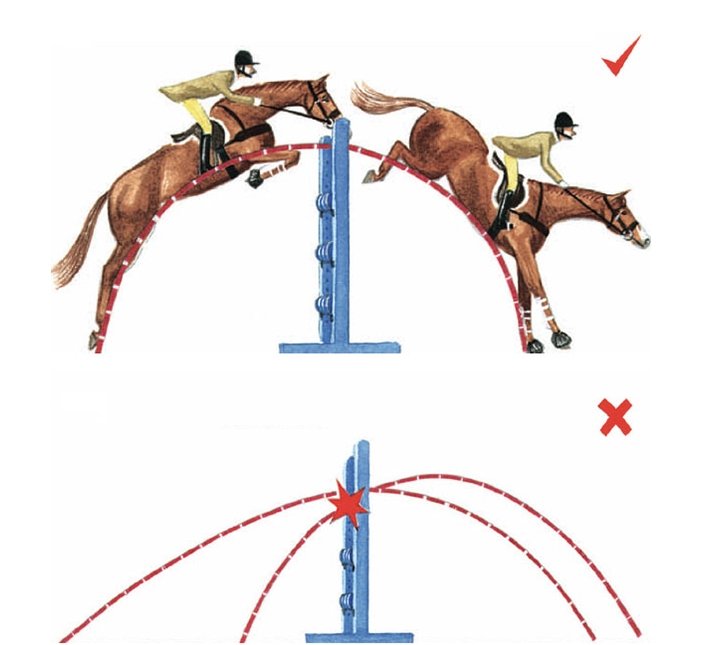
Improve agility and coordination.

Enhance rhythm and distance control ability.
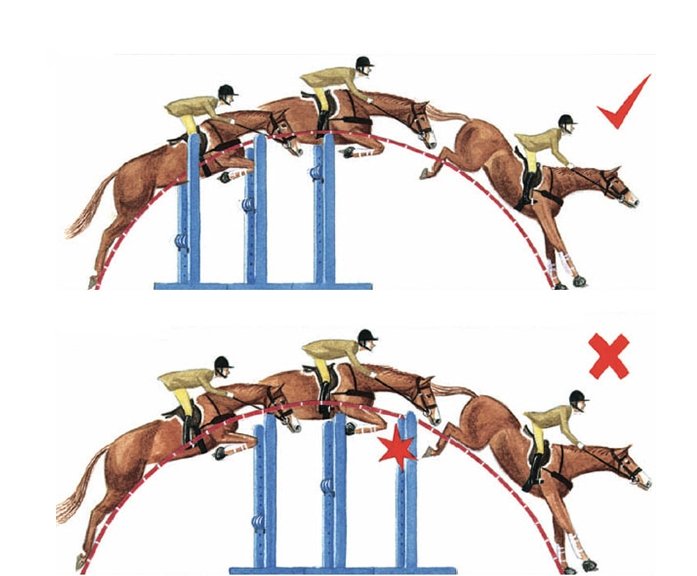
Challenges long jump techniques.
Helps horses cope with complex jumps.
Improve span and explosive power.
Supports obstacle adjustment and improves training flexibility.
Beginners and young horses can start with cross obstacles and low vertical obstacles and gradually build confidence in jumping.
Experienced horses can challenge more complex structures such as triple obstacles, Liverpool combinations, and fan obstacles.
The transition from training to competition needs to simulate the layout of equestrian obstacles in real events. Reasonable layout can improve jumping performance and decision-making ability. It is recommended to gradually increase the number, difficulty, angle and distance of obstacles from simple jumps.
High-quality obstacle equipment can ensure the safety and stability of horses. When choosing, you should pay attention to its stability, adjustability and durability.
Adjustable height obstacles:suitable for multi-stage training.
European design obstacles: meet international equestrian obstacle competition standards.
Multi-functional hurdles: suitable for training and formal competitions, challenging all aspects.
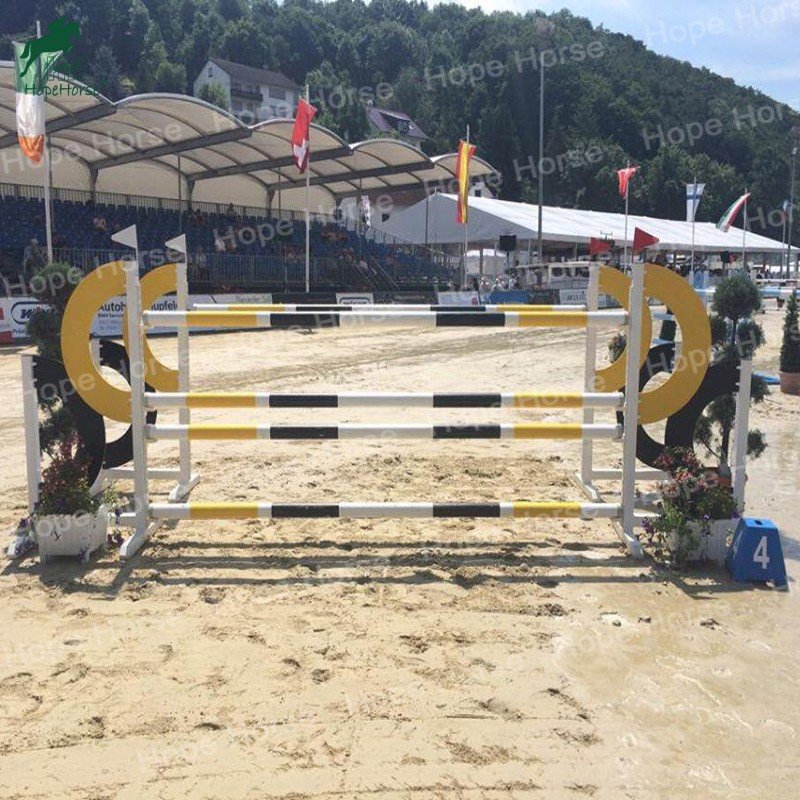 | 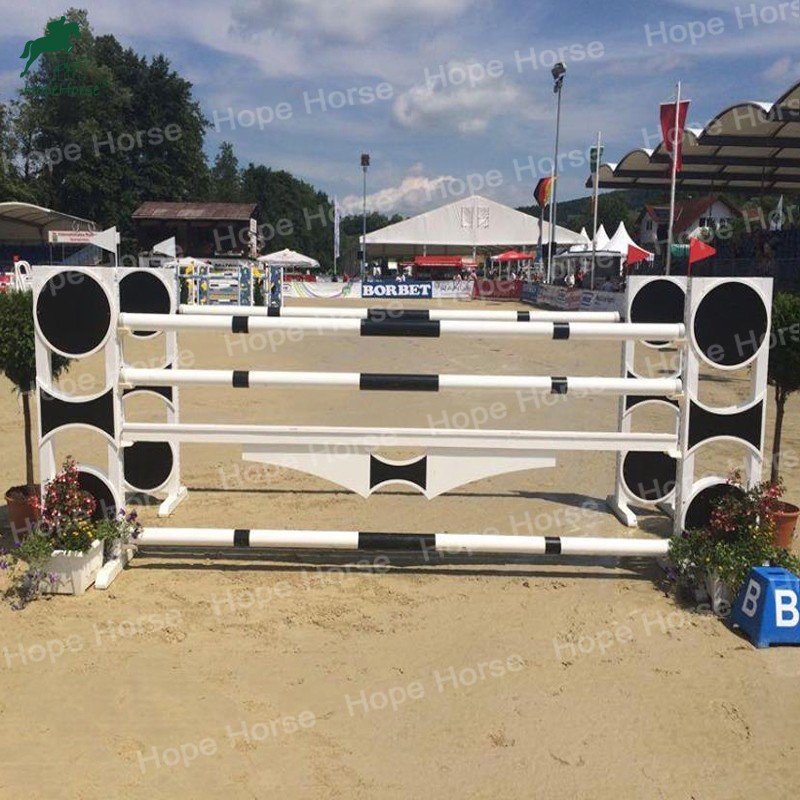 | 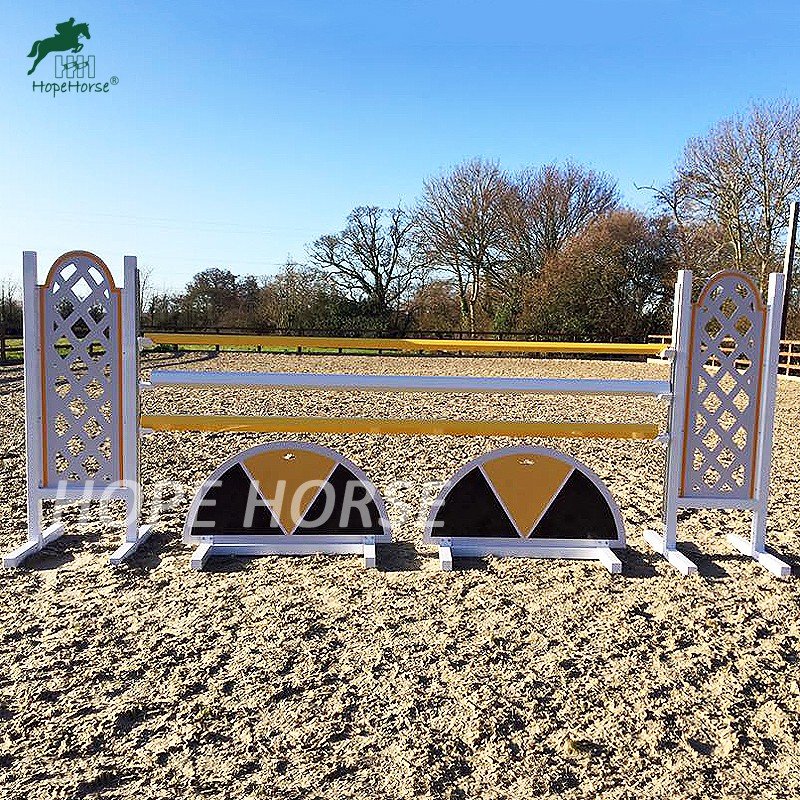 |
In equestrian obstacle competitions, good jumping equipment not only ensures the safety of horses, but also helps the riders grow in skills. By carefully configuring obstacle equipment and training facilities, you can help horses gradually break through obstacles and challenge their limits.
Choose our high-quality and professional obstacle equipment and customize the jumping road for you and your horse!
Welcome to contact us for product details or professional consultation. Whether it is training or formal competitions, we provide you with first-class equestrian equipment and support.
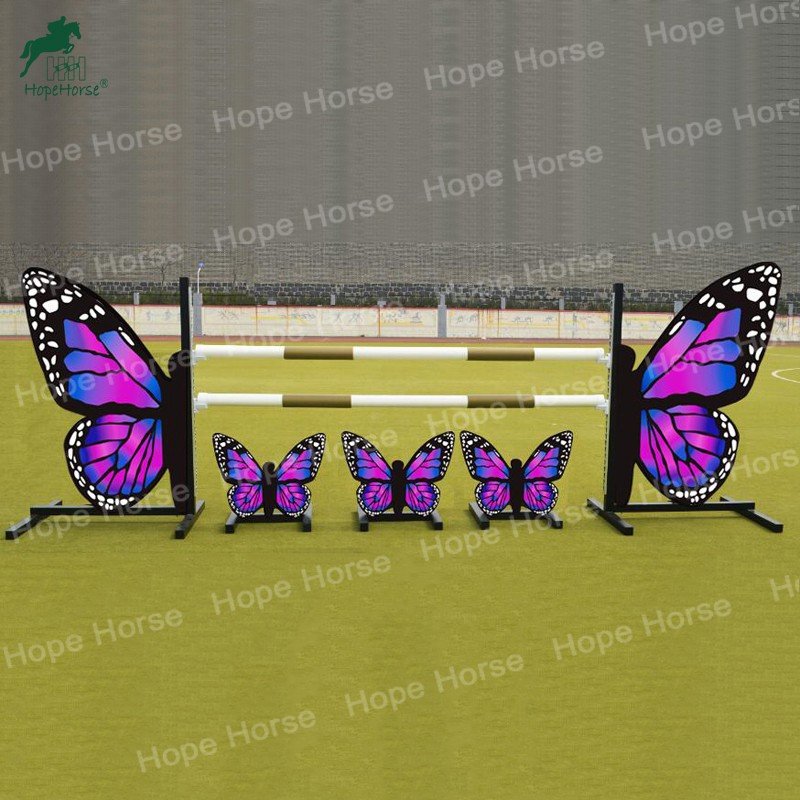 | 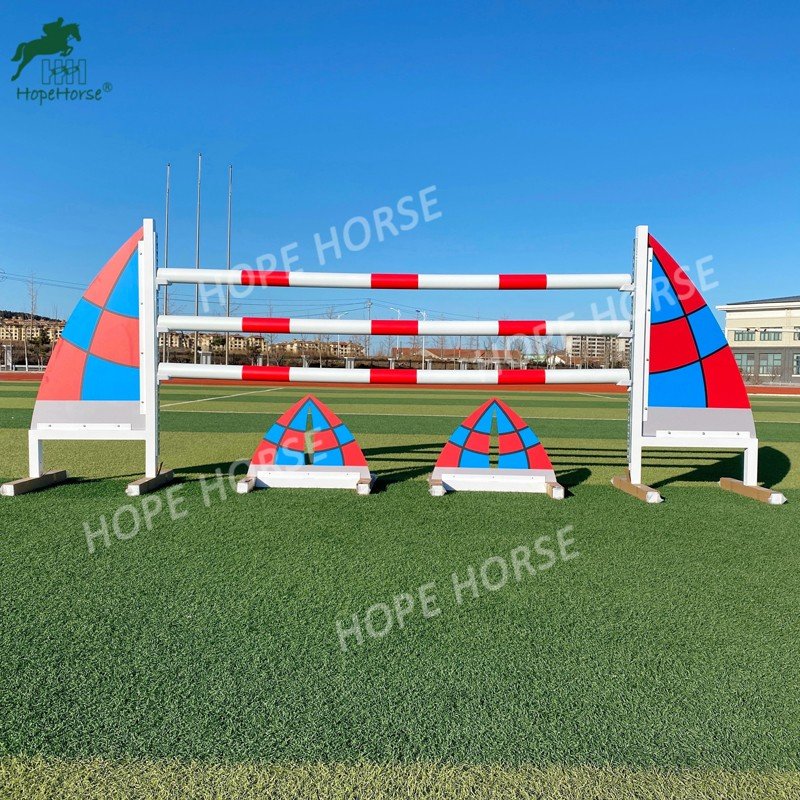 | 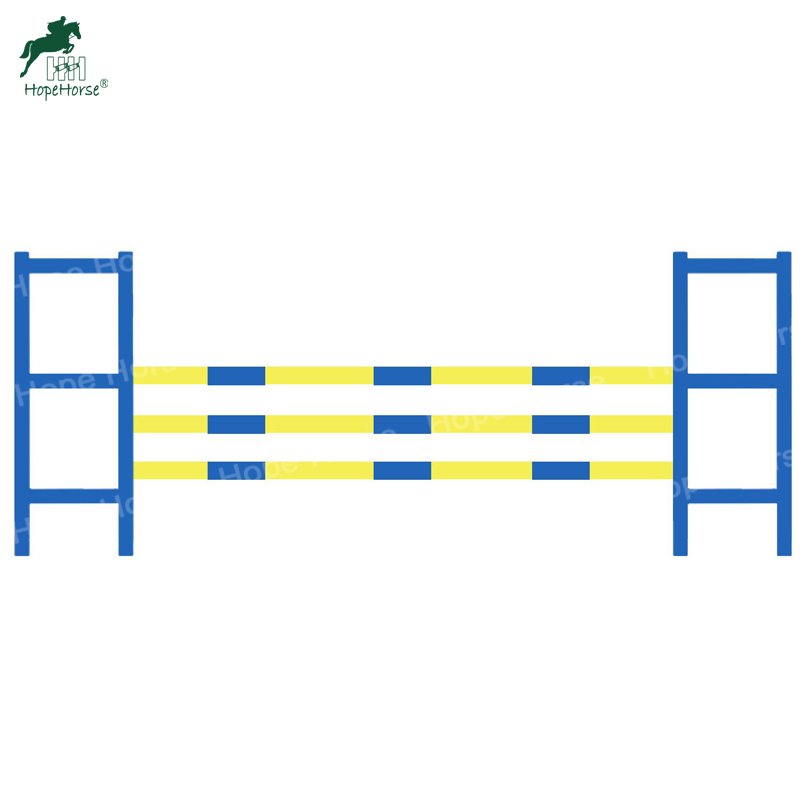 |
| AJ01 | AJ02 | AJ03 |